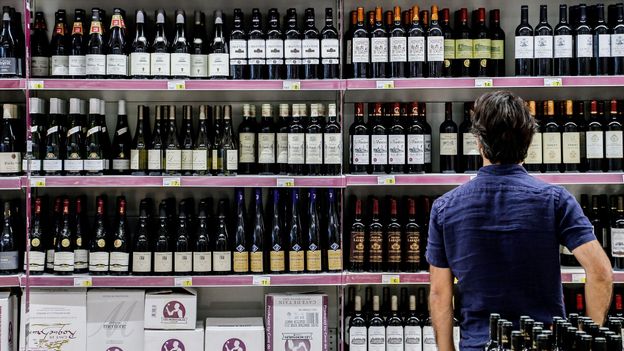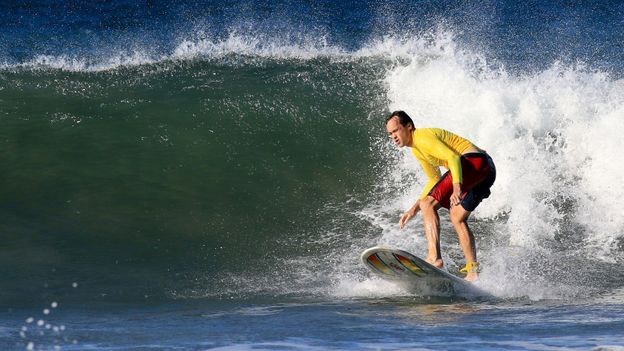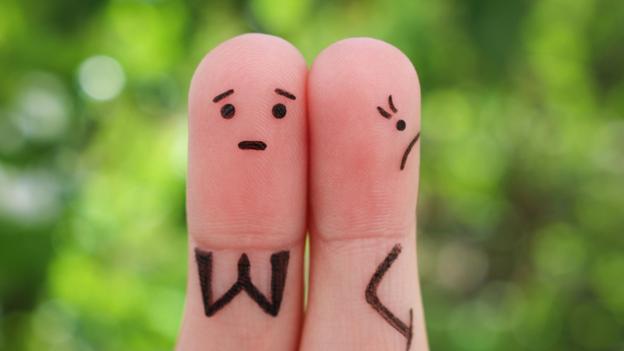Over the last year, as the pandemic has morphed from terrifying to inconvenient to long-term life-altering event, our coping mechanisms have had to adapt and evolve. Yet there have been differences in the ways we’ve approached time spent in isolation.
For some, positivity has been essential to coping with the crisis – many have relished a chance to slow down and reevaluate, felt grateful to still have a job or kept the good things in perspective (even while balancing virtual schooling, remote work and keeping the family safe). Of course, staying upbeat and expressing gratitude are hardly adverse practices, but this unrelenting optimism – known as ‘toxic positivity’ – paints negative emotions as a failure or weakness. Plus, there are few things more grating than encountering a toxic positivist when you’re grappling with grim reality.
And failing to acknowledge hardships can have a detrimental effect on our mental health. Persistent reminders to reflect on ‘how good we have it’ in the midst of strife and struggle don’t make sadness, fear or anxiety dissipate, research shows. Instead, suppressing negative emotions can actually make us feel worse.
By contrast, another mindset approach boasts a more realistic framing. ‘Tragic optimism’ posits there is hope and meaning to be found in life while also acknowledging the existence of loss, pain and suffering. First defined by Austrian psychologist and Holocaust survivor Viktor Frankl in 1985, proponents of tragic optimism maintain there is space to experience both the good and the bad, and that we can grow from each.
Experts suggest that this kind of philosophy may be exactly what we need to cope as we’re still trudging through the pandemic – and may help us once we’re on the other side, too.
Finding meaning amid chaos
Tragic optimism, says Emily Esfahani Smith, offers a perspective on adversity that helps people weather crises with more resilience and grow as a result of them. “It acknowledges the difficulties and the pain and the suffering of what’s going on, and at the same time, the ability to maintain hope,” she says.












